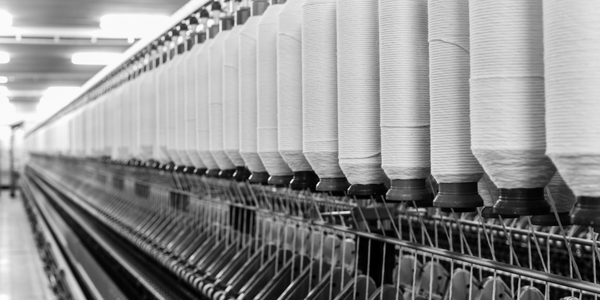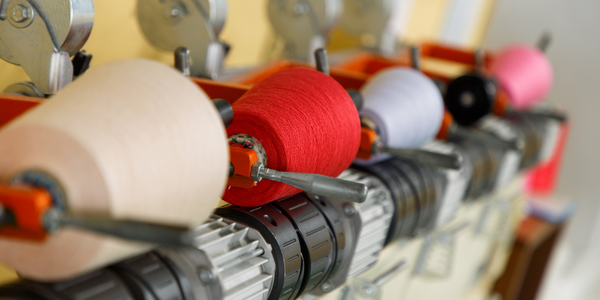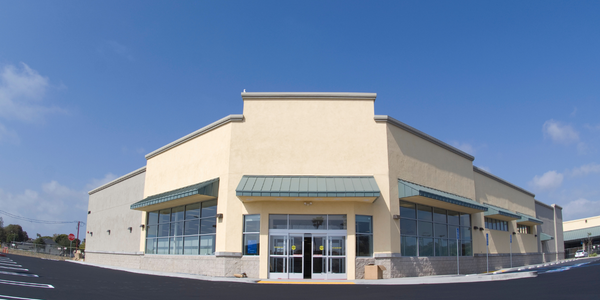公司规模
SME
地区
- America
国家
- United States
产品
- Sage 100 ERP
- Ensemble Business Software
技术栈
- EDI
- SAP Crystal Reports
- Inventory Management module
实施规模
- Enterprise-wide Deployment
影响指标
- Productivity Improvements
- Cost Savings
技术
- 功能应用 - 企业资源规划系统 (ERP)
- 功能应用 - 库存管理系统
适用行业
- 服装
适用功能
- 离散制造
- 仓库和库存管理
用例
- 库存管理
- 自动化制造系统
服务
- 系统集成
- 培训
关于客户
Sweater.com 是一家位于加利福尼亚州圣莫尼卡的服装制造商。该公司由行业资深人士 Bruce Gifford 和 Dan Jaffe 领导。Sweater.com 以 One Girl Who... 为品牌运营,以其高品质、时尚的毛衣而闻名。该公司在服装行业掀起了波澜,第一年就获得了 500 个客户。其毛衣在 Nordstrom 等全国零售商和一千家其他专卖店中热销。该公司在三个地方运营,拥有 15 名员工。
挑战
Sweater.com 是一家快速发展的服装公司,由于 QuickBooks 与服装行业管理垂直软件之间缺乏集成,该公司面临效率低下的问题。该公司使用 QuickBooks 进行财务管理,并使用单独的服装管理软件。这种集成不足导致整个公司效率低下。该公司需要一种能够将财务管理与服装行业管理集成在一起的解决方案,以提高财务报表的效率和准确性。此外,该公司还需要一个强大的库存和产品成本分配模块,这对其运营至关重要。
解决方案
Sweater.com 于 2004 年底采用了 Sage 100 ERP 和 Ensemble Business Software。该公司使用 Sage 100 ERP 进行各种操作,包括输入订单、创建 UPC、生成采购订单、跟踪货物收据、输入销售订单、分配发票、挑选、更新发票和创建总帐交易。Ensemble Business Software 通过针对服装、鞋类和纺织品公司的特殊功能增强了 Sage 100 ERP。它能够按尺寸和颜色创建产品矩阵,所有产品都存放在单个零件号下,以便于报告。其分销解决方案让 Sweater.com 减少了数据输入要求,并按款式、颜色、尺寸、UPC 和 NRF 代码组织库存。其仓库管理解决方案有助于加快成品分配、多箱处理、挑选表控制、装箱单处理、承运人舱单和发货通知处理。该软件还提供 EDI 功能。
运营影响

Case Study missing?
Start adding your own!
Register with your work email and create a new case study profile for your business.
相关案例.

Case Study
Fire Alarm System and Remote Monitoring Sytem
Fire alarm systems are essential in providing an early warning in the event of fire. They help to save lives and protect property whilst also fulfilling the needs of insurance companies and government departments.Fire alarm systems typically consist of several inter-linked components, such as smoke detectors, heat detector, carbon monoxide, manual call points, sounders, alarm and buzzer. The fire alarm system should give immediate information in order to prevent the fire spread and protect live and property.To get maximum protection a shoe manufacturer in Indonesia opted for a new fire alarm system to monitor 13 production sites spread over 160 hectars. Although the company had an existing fire alarm system, it could not be monitored remotely.It was essential that the new system would be able to be monitored from a central control room. It needed to be able to connect to the existing smoke detector and manual call point. Information should be easily collected and passed on to the Supervisory Control and Data Acquisition (SCADA) system. Furthermore, the system should have several features such as alarm management, auto reporting, being connected to many client computers without additional cost, and run 24/7 without fails. The company also needed a system which could be implemented without changing the architecture of the existing fire alarm system.

Case Study
IoT Applications and Upgrades in Textile Plant
At any given time, the textile company’s manufacturing facility has up to 2,000 textile carts in use. These carts are pushed from room to room, carrying materials or semi-finished products. Previously, a paper with a hand-written description was attached to each cart. This traditional method of processing made product tracking extremely difficult. Additionally, making sure that every cart of materials or semi-finished products went to its correct processing work station was also a problem. Therefore, the company desired an intelligent solution for tracking assets at their factories. They also wanted a solution that would help them collect process data so they could improve their manufacturing efficiency.

Case Study
Retailer Uses RFID Scanner to Improve Efficiency
Patrizia Pepe wished to improve the logistics of their warehouse: accepting incoming goods from their production sites, movement of items throughout
the warehouse, and packaging of goods for distribution to the retail locations. They initially tried to use barcodes for this function. Because barcodes must be individually scanned within a line-of-sight, the acceptance of goods coming into the warehouse was too time consuming. Working with the University of Florence, Patrizia Pepe instituted a five-month pilot project beginning in August of 2009 to test the validity of an RFID solution. The pilot involved tagging of about 60,000 items for the second seasonal collection, and convinced the company to move forward with tagging all items.

Case Study
Monitoring and Controlling Automatic Mixing and Dispensing Machines
As technology advances, textile manufacturing has been transformed from a labor-intensive to a partially or fully automated industry. Automation is significant in all segments of textile production - from spinning to printing, and textile machinery manufacturers are constantly searching for new technologies and automation processes will increase the productivity of their machines. The color paste mixing and dispensing machine is an essential part of the printing and dyeing process. With the advantage of automatically computerized controls and database management, the system can significantly improve its dispensing precision, working efficiency and production quality as well as reducing material consumption.









